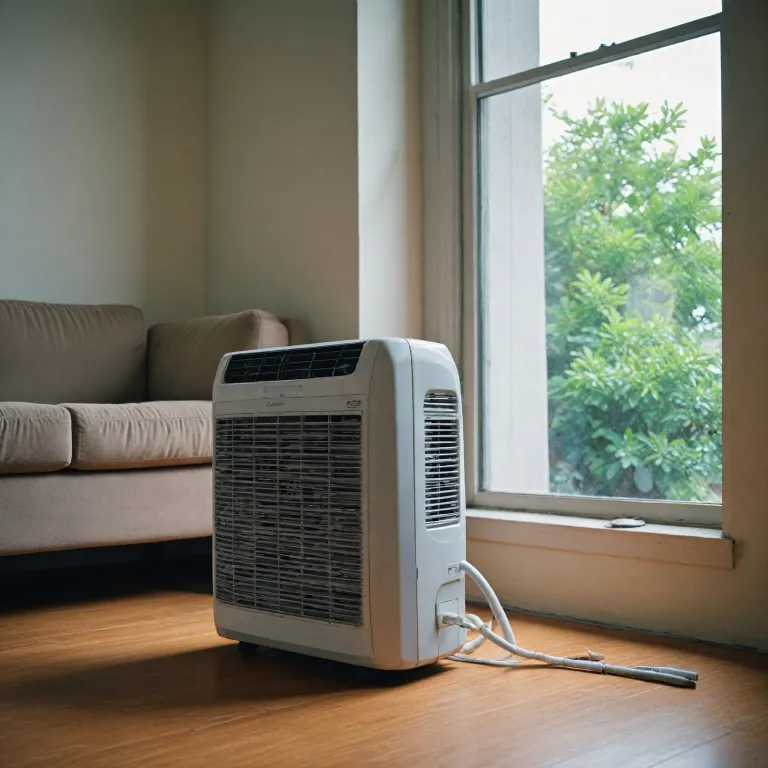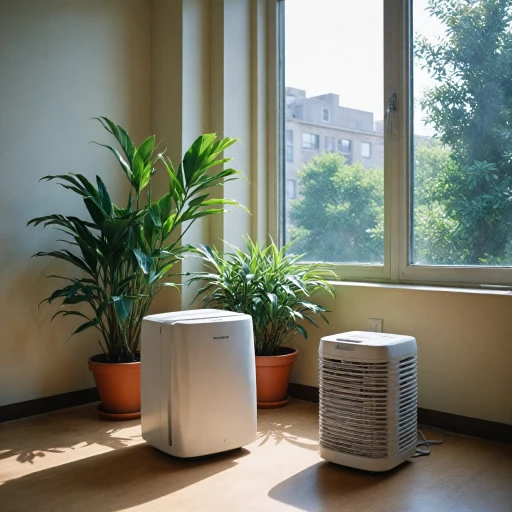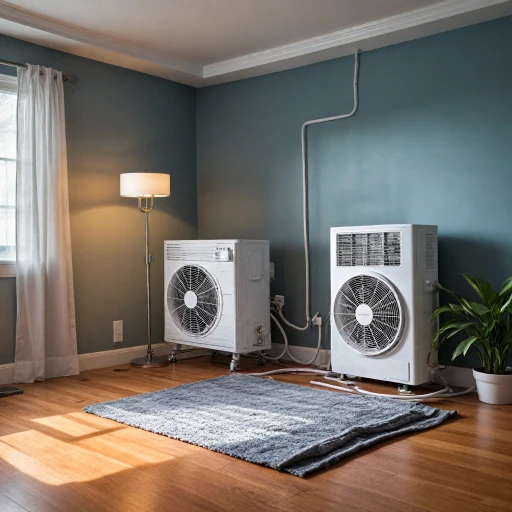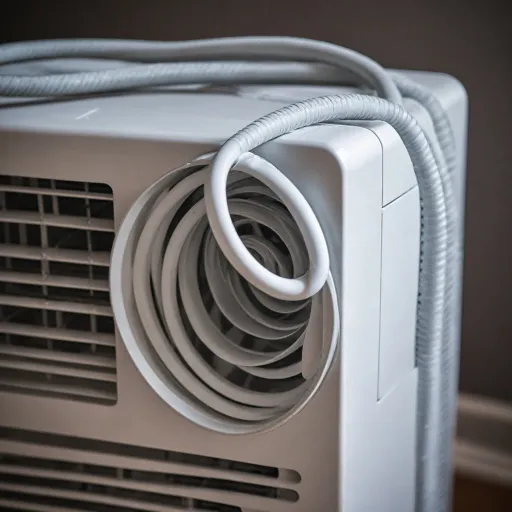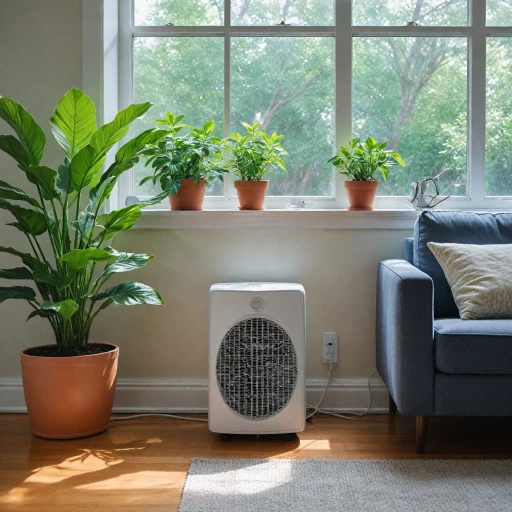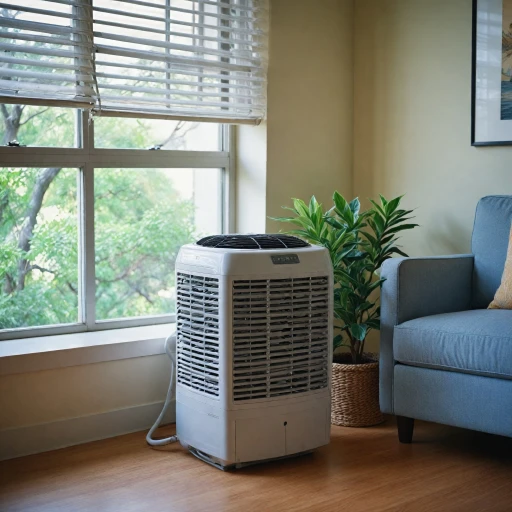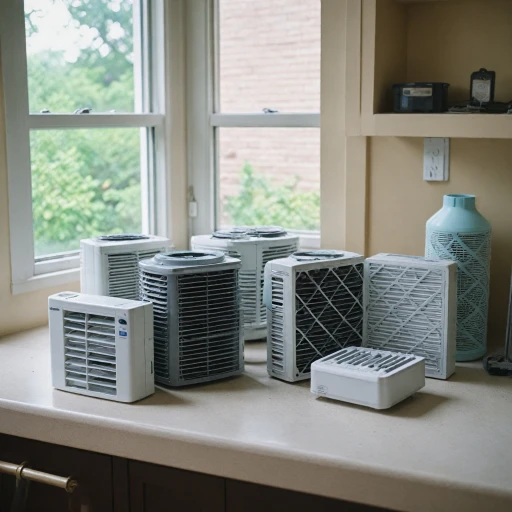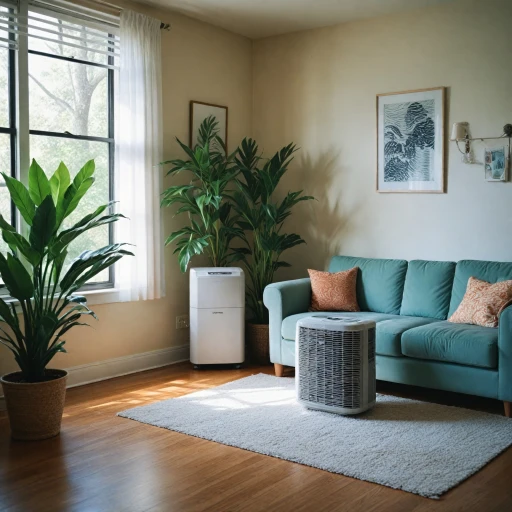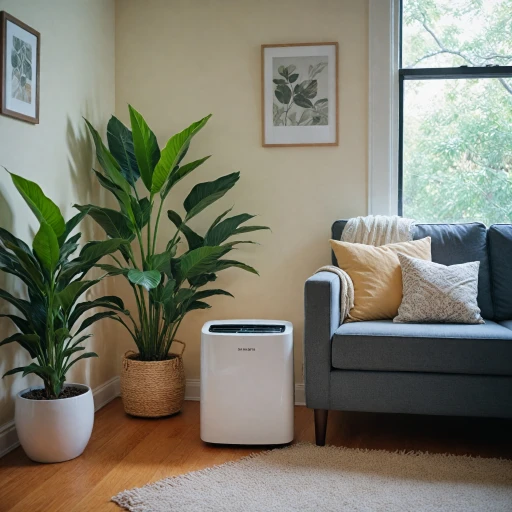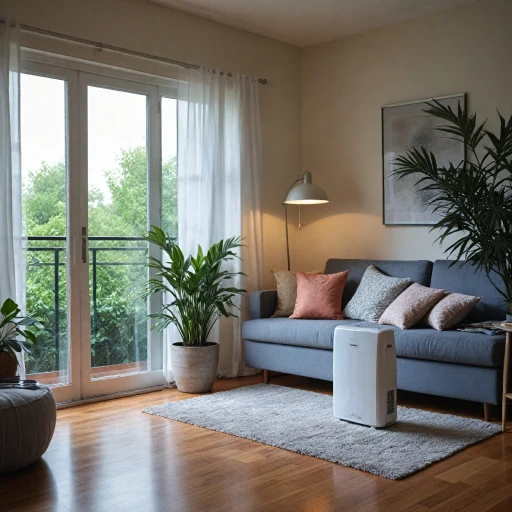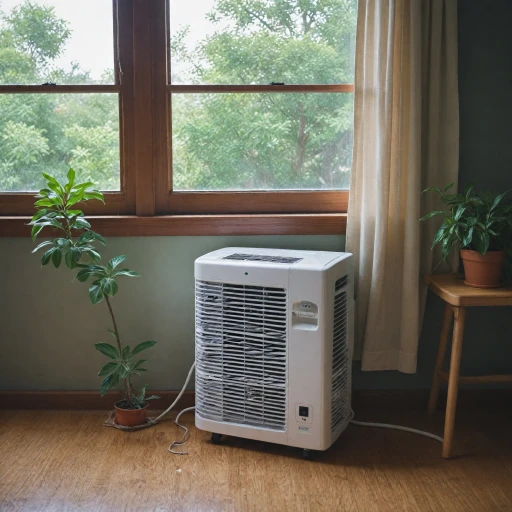
The Functionality of a Portable Air Conditioner Hose
The Key Role of a Portable Air Conditioner Hose
For many, the portable air conditioner is a go-to solution for combatting the heat during sweltering months. However, what often goes unnoticed is the pivotal role played by the portable air conditioner hose. Working as an integral component, the hose is essential for the effective functioning of the unit. A portable air conditioner contains an exhaust hose, which facilitates proper ventilation. The primary function of this hose is to expel hot air from the room to the outside, ensuring that the indoor environment remains cool and comfortable. Without this crucial function, the unit would merely circulate warm air, defeating the purpose of having an air conditioner. These hoses come in different types, including white and black variations, each designed to cater to specific preferences and needs regarding aesthetics or functional aspects like width and length. While most units use a standard exhaust hose, some might offer innovative solutions to suit unique requirements. In typical HVAC systems, portable air conditioners utilize exhaust hoses to redirect unwanted heat through a window or a duct system. This process is not only efficient but also necessary for maintaining the optimal performance of the portable air conditioners. For more insight into how these hoses enhance your portable air conditioner's efficiency, check out the role of a flexible hose in portable air conditioners. The link provides deeper knowledge on the importance of selecting the right hose type and its impact on overall efficiency.Types of Portable Air Conditioner Hoses
Diverse Types of Hoses for Various Needs
When exploring portable air conditioner units, people often encounter the varying types of hoses available. The differences primarily lie in the material, width, and intended use of each hose. Understanding these differences is essential for optimal air conditioning performance.
One of the standard categories involves single hose and dual hose systems. The single exhaust hose system utilizes one black or white duct to vent out hot air, making it a straightforward and simple choice for many consumers. However, this can sometimes result in reduced efficiency because the unit has to work harder to bring in more air.
In contrast, dual hose systems include two separate hoses: one for pulling in fresh air from outside and another for venting the expelled hot air. This design improves efficiency and cooling power, as the air conditioner doesn’t need to consume cooled indoor air.
Another notable distinction in hoses is the material and flexibility. Flexible hoses are usually constructed from durable plastic or metal materials, which can endure the strains of regular movement and adjustment. The width of these ducts varies, affecting the volume of air they can transport — a crucial consideration in selecting the proper hose for your needs.
Manufacturers and HVAC professionals often advise selecting hoses that comply with industry standards and guidelines for safety and efficiency. This ensures that the air conditioner operates optimally without posing risks to users.
For additional insights into how different exhaust hoses contribute to the performance of portable air conditioners, refer to the comprehensive information on the role of an AC portable exhaust hose.
Installation Tips for Portable Air Conditioner Hoses
Setting Up Your Portable Air Conditioner Hose
When setting up a portable air conditioner, the exhaust hose is a critical component. Proper installation is essential to ensure the unit functions effectively and maintains optimal cooling performance. Here, we offer practical tips to facilitate the correct installation of your portable air conditioner hose. First, identify the designated venting area for the hose. Portable air conditioners require a vent to expel hot air out of the room, usually via a window. Many units come with a window venting kit that includes a window bracket and a vent hose. Choose an appropriate window, considering the length and width of the exhaust hose, to avoid stretching too much, which could impact efficiency.Helpful Tips for Easy Installation
- Measure the Window: Before starting, measure the window to ensure it can accommodate the vent kit. Ensure the window bracket fits snugly to avoid air leaks, which can compromise the cooling capacity of the air conditioner.
- Secure the Hose Properly: Connect the hose to the air conditioner and the window vent securely. Each connection point should be airtight to prevent air leaks. This may involve twisting the hose into place or securing it with clips or clamps.
- Use Minimal Bends: Keep the exhaust hose as straight and short as possible. Avoid too many bends, as this reduces the efficiency of the portable air conditioner. Placing the unit closer to the window will generally reduce the hose length requirement.
- Check for Leaks: After installation, check for any air leaks. Even a small leak can lead to reduced efficiency. If necessary, use duct tape or an appropriate sealant to eliminate leaks at any connections.
- Select the Hose Color: While this may seem like an aesthetic choice, the color of the hose can impact its heat absorption. Opt for white hoses if possible, as they reflect more heat than black hoses, contributing to better cooling efficiency.
Common Issues with Portable Air Conditioner Hoses
Potential Challenges with Portable Air Conditioner Hoses
When utilizing a portable air conditioner, the exhaust hose plays a critical role in efficiently directing hot air away from the unit. However, some common issues can arise that people should be aware of to ensure optimal performance.- Kinks and Bends: One of the most frequent problems with hoses is the formation of kinks or excessive bending, which can obstruct airflow. This can lead to the unit working harder than necessary, thus reducing efficiency. To address this, consider the hose's width and length when positioning your unit, allowing for a gently sloping path for optimal air venting.
- Inadequate Fit: Standard air conditioner hoses may not always match the specific needs of every space, resulting in gaps or poor sealing at the vent points. This can cause air leaks, significantly lowering the effectiveness of the portable air conditioner. Using duct tape or purchasing adjustable hoses can help in achieving a proper fit.
- Wear and Tear: Over time, hoses portable ceramics, such as plastic and metal, can show signs of wear and tear. Regularly inspecting for cracks or damage is crucial, as these can impact the unit's function and, over time, lead to the need for replacement. It's advisable to follow maintenance guidelines and replace any part of the exhaust hose if necessary.
- Discoloration: Issues related to aesthetics arise with wear, too. Over time, white and black hoses may discolor, which is especially relevant for units located in visible areas of a home. While this does not affect functionality, it might be a concern in spaces where appearance matters.
Maintenance and Care for Your Air Conditioner Hose
Keeping Your Hoses Clean and Functional
Regular maintenance is essential for ensuring the durability and efficiency of your portable air conditioner's hoses. Since these hoses are integral to the airflow system, regular checks can help prevent issues before they become significant problems. Here's how you can maintain them:
- Visual Inspections: Regularly examine your air conditioner's exhaust hose and vent hose for any visible wear and tear. Look for cracks or leaks that might affect performance.
- Cleaning the Duct: Dust and debris can accumulate in the duct over time, which can block air passage. Ensure to clean these areas with a soft brush or a vacuum extension to avoid blockages and maintain the air quality.
- Checking Connections: Ensure that the connections between hoses and units are secure. Loose connections can lead to inefficiencies, heat leakage, and reduced cooling.
- Storing Correctly: When not in use, store hoses properly to prevent them from becoming damaged. It is recommended to coil hoses without twists and to store them in a cool, dry place.
Preventing Common Troubles
A well-maintained hose reduces the risk of common issues. Regular maintenance can also help identify potential complications with hose width and HVAC compatibility. Also, by avoiding exposure to extreme temperatures and harsh sunlight, typically seen with black hoses as opposed to white, you prolong their life.
- Temperature Resistant: Investing in hoses designed to withstand fluctuations in temperature can prevent deterioration and maintain optimal performance.
- Following Manufacturer's Policy: Adhere to the manufacturer's maintenance guidelines and policies, especially regarding the cleaning products you use.
- Regular Replacement: Hoses, like other parts of portable air conditioners, have a standard lifespan and may need replacement over time. Check the retail stores or online sources for replacements. Always ensure the width and type match your specific unit’s requirements.
Innovations in Portable Air Conditioner Hose Design
Recent Developments That Elevate Air Conditioner Hose Efficiency
In the quest for better energy efficiency and enhanced functionality, recent innovations in portable air conditioner hose designs have made notable strides. Manufacturers are constantly finding new ways to improve the efficiency and usability of these critical components of portable air conditioners. Here are a few key innovations:
- Improved Materials: Traditionally, hoses were made from standard materials that served the primary function of channeling air exhaust. Today, advancements have led to the use of materials that provide better insulation and reduce heat loss. This results in increased cooling efficiency.
- Flexible Design: Many people have experienced issues with fitting exhaust hoses to various window types. Modern hoses include adaptable duct designs that allow for greater flexibility, accommodating various widths and types of windows. This enhances the portability and ease of installation of the units.
- Advanced Seal Technology: Innovations like improved seal technology at connection points ensure that the hose remains securely attached, preventing air leaks and enhancing overall performance. This is particularly significant in preventing the backflow of hot air into the room, which maintains the cool temperature more effectively.
- Eco-Friendly Materials: With increasing awareness and environmental policy shifts, some hoses now incorporate recyclable and environmentally friendly materials, catering to eco-conscious users.
- Durable Construction: Manufacturers are investing in enhanced durability to reduce wear and tear. This contributes to a longer lifespan and less frequent replacements for users.
These innovations reflect ongoing efforts to cater to consumer needs in the HVAC space, highlighting the importance of adapting portable conditioner systems to emerging environmental and technological trends. With these developments, units available in stores today are more efficient and user-friendly than ever before.
